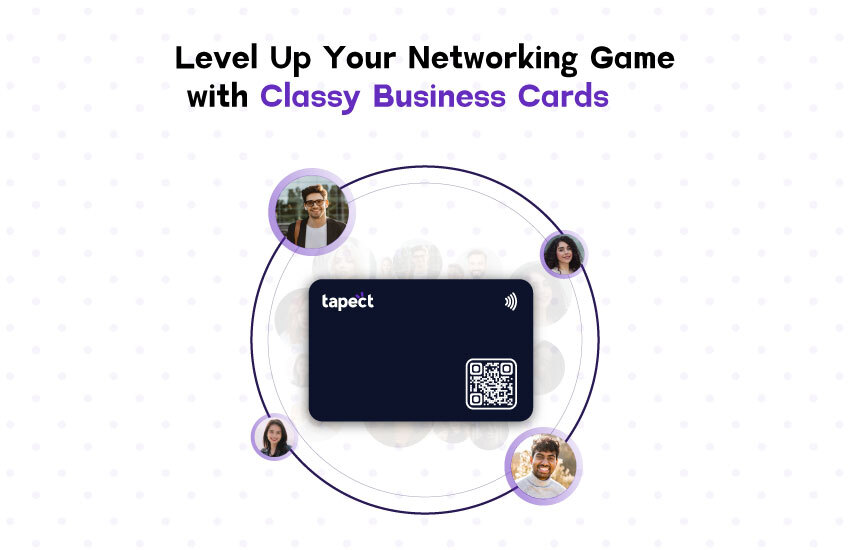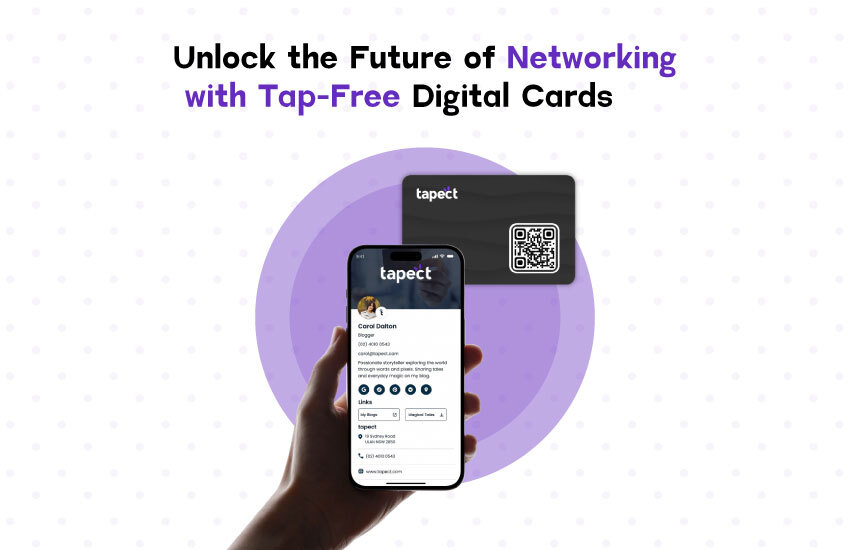After optimizing your profiles and diving into social media, a plethora of opportunities awaits to expand your business through social selling.
Network with Your Existing Customers
Nurture the loyalty of your brand advocates by staying engaged and fostering relationships with them through social media. Ensure prompt responses to tags, posts on your pages, and messages they send your way.
Be Mindful of Customer Support Opportunities
Ensure that either you or a designated representative from your business actively monitors for customer inquiries or concerns and responds promptly.
Acknowledge their issue with empathy (e.g., “We’re sorry to hear about your experience with X”) and assure them of immediate assistance via direct message (DM). Follow through by promptly sending the DM or directing them to contact customer support via phone or email.
If your business offers online chat support, consider sharing the link in the comments section as well.
Not only is it crucial to address customer needs promptly, but it’s also essential for potential customers observing your responsiveness to feel confident in their decision to engage with your brand.
Monitor Analytics and Use That Data
Analyzing analytics is an integral aspect of any social selling strategy.
If you notice a post garnering exceptional engagement, take the opportunity to examine it closely in comparison to your other posts. Identify the elements that set it apart and replicate those strategies for future content.
Conversely, if certain posts consistently receive minimal engagement, identify commonalities among them and consider removing or modifying those aspects from your social selling strategy.
Regularly reviewing social media analytics provides valuable insights into audience preferences and trends. Allocate time in your workflow to assess engagement metrics and leverage these insights to optimize your content strategy.
Track Your SSI (Social Selling Index)
LinkedIn introduced the Social Selling Index (SSI), a metric that evaluates your activity based on four key benchmarks of social selling, assigning a score ranging from 0 to 25 for each:
- Establishing a professional brand with a well-optimized profile: Your profile serves as the cornerstone of social selling. Ensuring it is fully optimized is crucial for laying a solid foundation for your social selling strategy.
- Finding the right prospects: Merely posting frequently on your page may not yield significant benefits for your business. This benchmark assesses whether you are effectively engaging with potential prospects in relevant groups and communities.
- Sharing useful, relevant content: LinkedIn evaluates engagement metrics to determine the effectiveness of the content you share. Are your posts generating meaningful interactions, such as clicks, comments, and shares?
- Building and strengthening relationships: Social selling extends beyond posting content—it involves actively engaging with your audience. LinkedIn analyzes your responses and interactions with clients to assess your ability to foster relationships and nurture connections.
Remember, social media is inherently social, and successful social selling hinges on genuine engagement and relationship-building efforts.
Social Selling is Happening Already
Businesses are capitalizing on the benefits of social selling, and the results speak for themselves.
Sales professionals leveraging social selling techniques typically secure 40-50% more new business compared to their counterparts who do not, making it an invaluable tool for teams.
Moreover, according to a study by LinkedIn, 31% of sales representatives employing social selling tactics successfully closed deals exceeding half a million dollars without ever meeting the buyer face-to-face. This highlights the remarkable potential for expanding reach, with geographical limitations becoming less of a barrier than ever before.
Begin Your Social Selling Journey with a Digital Business Card Today
It’s time to take action. Start by optimizing your professional social profiles with a high-quality headshot and comprehensive contact information. For seamless sharing of your details, consider utilizing a Popl digital business card.
This digital platform provides a centralized hub for sales professionals across industries to manage and exert control over their online presence. Unlike platforms like Facebook, Instagram, or LinkedIn, Popl offers complete personalization options.
With your digital business card, you have the flexibility to include an array of links, such as galleries showcasing product photos, video introductions, testimonials, and more, to effectively position yourself in the market.
Harness the potential of social media by identifying where your prospects reside and actively engaging with them and other businesses. Countless success stories attest to the benefits of building connections and engaging in online conversations. Don’t miss out—take the proactive step forward today!






